In this video I'm trying to light a 50W 12V halogen lamp using PWM, and switching from 0/500 to 500/500 duty cycle within 15 seconds (31000Hz frequency). I'm using an ATX power supply (276W spec on 12V rail), a MOSFET (IRF540N, "33A 100V 0.040 Ohm N-Channel UltraFET Power MOSFET"), and an Arduino Mega controller (wire going directly from chip PWM pin to MOSFET gate).
- System works a treat when below ~300/500 duty cycle or above ~400/500.
- System works a treat with led strips attached (instead of halogen lamp), I suspect they draw about 15 W (no specs available).
- Power supply turns off when around ~350/500 duty cycle (problem I'm asking your help for).
- I haven't got to measure the lamp resistance when cold (Fluke 106 multi-meter shows same reading for both the halogen lamp resistance and the multi-meter probes touching each other directly).
- I haven't got to measure power draw/current (I'm afraid of blowing the 10A multi-meter fuse).
- I haven't got an oscilloscope.
I was wondering how could the power supply withstand the load of a colder halogen lamp when around 200/500 duty cycle or a fully powered lamp and not a 350/500 duty cycle (if power draw was the one causing the power supply to fail).
I was wondering if there were any other plausible explanations for my problem that I should be checking for.
I was planning to buy a new ATX power supply to connect 6 of this lamps in parallel and needed to solve this problem first/learn the required specs of the future power supply.
I liked the idea of using PWM and not a dimmer (not messing with 220V, avoiding lamp transformers magnetostriction noise when dimming the lights, learning of the problems I'm encountering ATM).
I wanted to thank you all for your patience and hope somebody else finds this thread useful!
